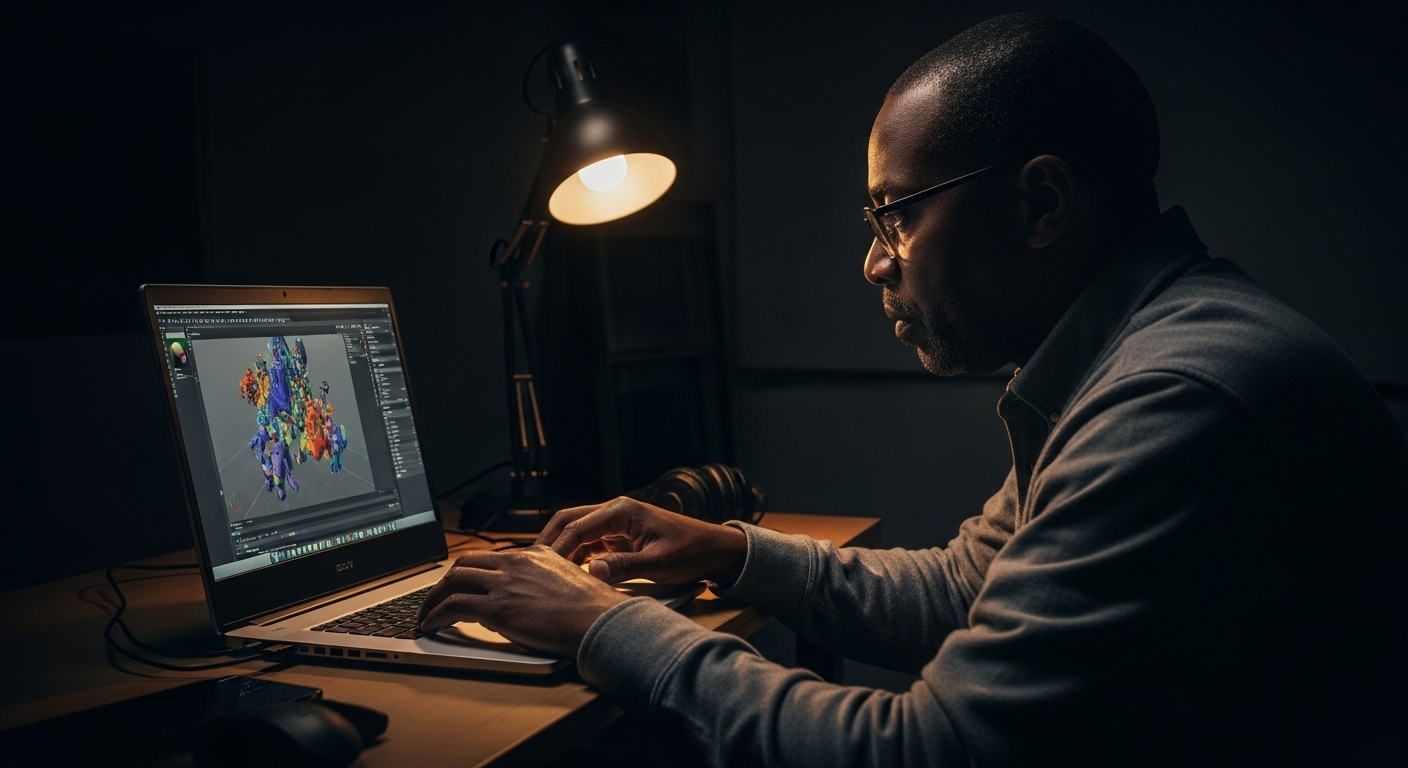Making Your Own 3D Model: Complete Guide to Digital Creation
Creating your own 3D models opens up endless possibilities for digital art, prototyping, and personal projects. Whether you're interested in game design, architectural visualization, or simply bringing your imagination to life, learning to craft 3D models is an increasingly valuable skill. This comprehensive guide will walk you through the essential tools, techniques, and workflows needed to start your 3D modeling journey, from selecting the right software to mastering fundamental modeling principles.

The world of 3D modeling has become more accessible than ever, with powerful tools and resources available to creators at every skill level. Modern 3D modeling combines artistic vision with technical precision, allowing you to transform ideas into detailed digital sculptures, functional prototypes, or stunning visual representations. Understanding the fundamentals of 3D creation will help you choose the right approach for your specific projects and goals.
Discovering Making Your Own 3D Model: Essential Tools and Creative Techniques
The foundation of successful 3D modeling lies in selecting appropriate tools for your project type and skill level. Professional software like Blender offers comprehensive modeling capabilities completely free, making it an excellent starting point for beginners. Maya and 3ds Max provide industry-standard features for complex projects, while simpler tools like Tinkercad offer intuitive interfaces for basic geometric modeling.
Hardware considerations play a crucial role in your modeling experience. A powerful graphics card accelerates viewport performance and rendering, while sufficient RAM ensures smooth operation when working with complex scenes. A graphics tablet can significantly improve sculpting workflows, providing natural brush control for organic modeling tasks.
Exploring Making Your Own 3D Model: Software Options and Step-by-Step Processes
Choosing the right software depends on your intended output and experience level. Blender excels at both hard-surface and organic modeling, offering sculpting tools, animation capabilities, and robust rendering engines. Fusion 360 specializes in parametric modeling for engineering applications, while ZBrush dominates digital sculpting for character creation and detailed organic forms.
The typical 3D modeling workflow begins with concept development and reference gathering. Start with basic primitive shapes, then use extrusion, subdivision, and sculpting techniques to refine your model. Topology considerations become important for models intended for animation or game engines, requiring clean edge flow and appropriate polygon density.
Understanding 3D Modeling Fundamentals and Best Practices
Successful 3D modeling requires understanding fundamental principles that apply across all software platforms. Proper topology ensures your models deform correctly and render efficiently. Edge flow should follow the natural contours of your subject, particularly important for character modeling where facial expressions and body movement depend on well-placed edge loops.
Texturing and material creation bring your models to life through surface detail and realistic lighting response. UV mapping creates a 2D representation of your 3D surface, allowing you to paint textures or apply procedural materials. Modern rendering engines support physically-based materials that respond realistically to different lighting conditions.
Advanced Techniques for Professional Results
As your skills develop, advanced techniques like retopology, normal mapping, and procedural modeling become valuable tools. Retopology involves creating clean, animation-ready topology over high-detail sculpts. Normal maps capture surface detail from high-resolution models and apply it to lower-polygon versions, maintaining visual quality while improving performance.
Procedural modeling uses mathematical algorithms and node-based systems to create complex geometry automatically. This approach proves particularly useful for architectural elements, natural formations, and repetitive structures where manual modeling would be time-intensive.
| Software | Provider | Key Features | Cost Estimation |
|---|---|---|---|
| Blender | Blender Foundation | Full 3D suite, sculpting, animation | Free |
| Maya | Autodesk | Professional animation, modeling | $225/month |
| 3ds Max | Autodesk | Architectural visualization, modeling | $225/month |
| ZBrush | Maxon | Digital sculpting, detail work | $895 one-time |
| Fusion 360 | Autodesk | Parametric CAD modeling | $70/month |
Prices, rates, or cost estimates mentioned in this article are based on the latest available information but may change over time. Independent research is advised before making financial decisions.
Getting Started with Your First 3D Model Project
Begin your 3D modeling journey with simple projects that build fundamental skills progressively. Start with basic geometric objects like furniture or simple architectural elements before attempting complex organic forms. Focus on understanding your chosen software’s interface and basic tools rather than trying to create highly detailed models initially.
Practice sessions should emphasize different modeling techniques systematically. Spend time with box modeling for hard-surface objects, experiment with sculpting tools for organic shapes, and explore procedural approaches for repetitive elements. Regular practice with diverse project types develops versatility and technical confidence.
The 3D modeling community offers extensive learning resources, from video tutorials to interactive courses and forums where experienced artists share techniques and provide feedback. Taking advantage of these resources accelerates your learning curve and helps you avoid common pitfalls that can frustrate beginners.
Mastering 3D modeling opens doors to numerous creative and professional opportunities, from game development and film production to product design and architectural visualization. With dedication to learning fundamental principles and consistent practice with various techniques, you can develop the skills needed to bring your creative visions to life in three dimensions.




